How to grow peas: What to plant, when to plant it, and how quickly you'll be dishing it up
Mark Diacono shares his expertise with peas, from how to keep pests at bay to the fast-growing varieties he once used to outsmart Hugh Fearnley-Whittingstall.
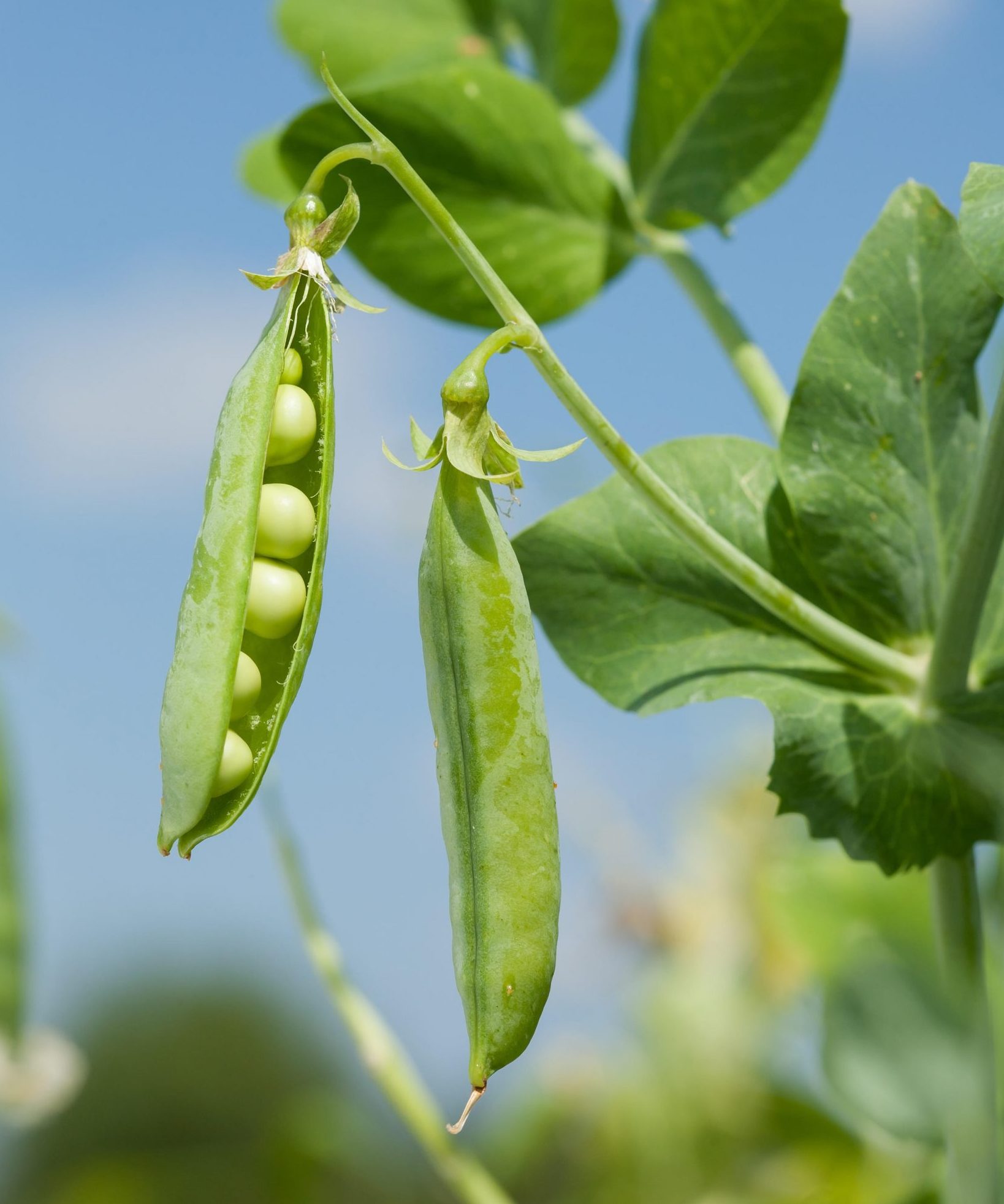

I’m not much of a competitive gardener — I’ll marvel at an oversized pumpkin as much as the next person, without any intention of growing one — but I do gamble on an early sowing of peas. It’s a hangover from the first days of River Cottage, where a good number of us — Hugh, gardeners, and chefs — would battle to come up with the first peas of the season.
I got the idea when reading about Thomas Jefferson, who, as well as being a US Founding Father, was an extraordinary and enthusiastic gardener. He held a pea-growing competition every year and the grower of the earliest ones hosted a supper for all the contestants, with the peas high on the menu. Bragging rights in the kitchen garden were the only prize then, but it was worth it, nevertheless.
The years I won, I owe to two varieties. The first was Kelvedon Wonder, which can go from sowing to picking in 10 weeks, three or four weeks quicker than most.
When someone cottoned on to Kelvedon Wonder and stole my title the following year, Markana — a dwarf variety growing only 28in to 32in tall — came to my rescue. My theory was that Markana didn’t have to grow much before its energies turned to pods and it paid off. As well as being quick to produce, it’s great for exposed sites or for where a short variety would work aesthetically.
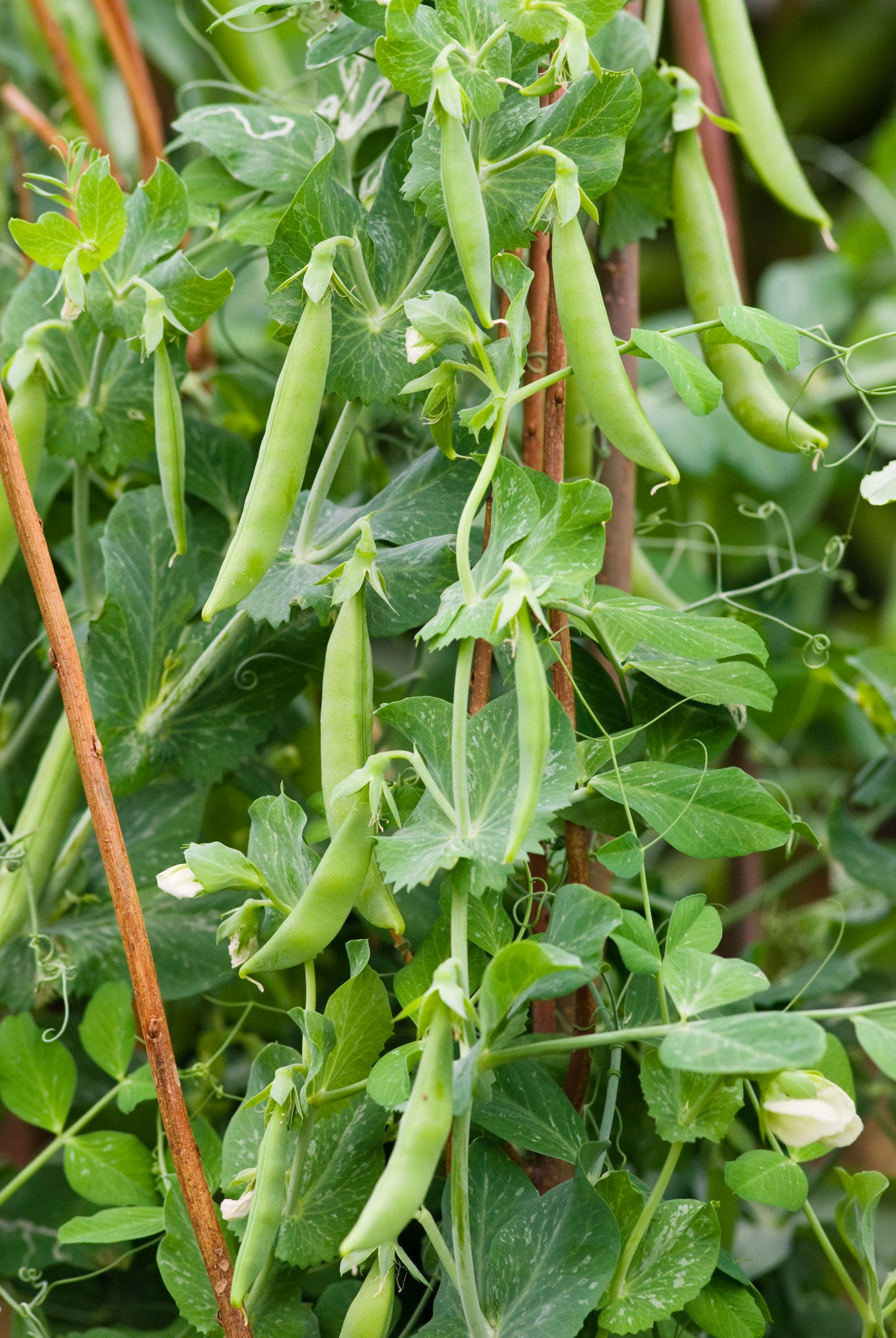
Perhaps echoing our supposed affinity for dogs we resemble, my favourite peas grow very much as I do: tall, elegant and taking up little space on the ground. (Well, two out of three ain’t bad.) The Victorian classic, Alderman, produces the most delicious peas and, as it makes it to my 6ft 2in, I hardly have to bend to pick the pods. Perhaps my idleness is affecting my tastebuds. Hurst Green Shaft runs it a very close second in height and flavour.
Tall varieties need support. Bamboo canes will do, but if you have space to grow your own hazel, you may find that cutting your own pea sticks gives as much pleasure as the autumnal nuts. Pushing the cut end firmly into the soil gives the pea tendrils a framework to latch onto as they climb towards the light. Dwarf varieties offer each other a degree of mutual support, but some thinner sticks can be useful.
I sow all my peas undercover — the novelty of watching birds undo all my sowing quickly wore off. The pea’s long root system needs space to develop and root trainers — long, slim growing modules — are perfect, although loo-roll inners make excellent substitutes.
Exquisite houses, the beauty of Nature, and how to get the most from your life, straight to your inbox.
Unless you are battling for kitchen-garden glory, sowing from late February until early June is good. As soon as the roots start poking out of the base of the modules, I plant them out: 4in between plants and 30in between rows is ideal.
Of the many rules for life I have, only two are unbreakable: never eat a biscuit that floats and never plant out pea and bean seedlings before sowing another batch to follow. This creates a continuous succession of peas, with new plants taking over from tired ones, through late spring until autumn.
"If I’m honest, I can’t remember the last time I picked any peas and got them to the kitchen. All are eaten sitting in the sun, either pea by pea or pod and all"
Pests that go for peas are largely avoidable or ignorable. Sowing undercover dodges the birds and mice and, if you get them to a few inches tall before planting out, they are more resilient to slugs and snails.
Pea and bean weevils may cause stamp-edge notches on the young leaves, but the damage is almost always only cosmetic. The caterpillar of the pea moth can be a proper nuisance, however, burrowing into the pod and the developing peas in July and early August.
Assuming a three-month period from sowing to harvest, I switch to sowing mangetout that mature during these weeks, with early- and late-podded peas either side dodging the caterpillars.
As with all repeat-harvest crops, such as courgettes, peas and beans, imagine you are the plant: they are intent not on providing you with a delicious supper, but on creating more of themselves via their seed. If you keep picking the pods young and tender, the plant will strive to produce more; leave them too long for the seed to mature and the plant slows in productivity.
If I’m honest, I can’t remember the last time I picked any peas and got them to the kitchen. All are eaten sitting in the sun, either pea by pea or pod and all.
The only peas that make it into the basket are the few sugar snaps and mangetout peas I sow. They don’t require shelling, which, when you are cooking for more than one, is a splendid mercy.
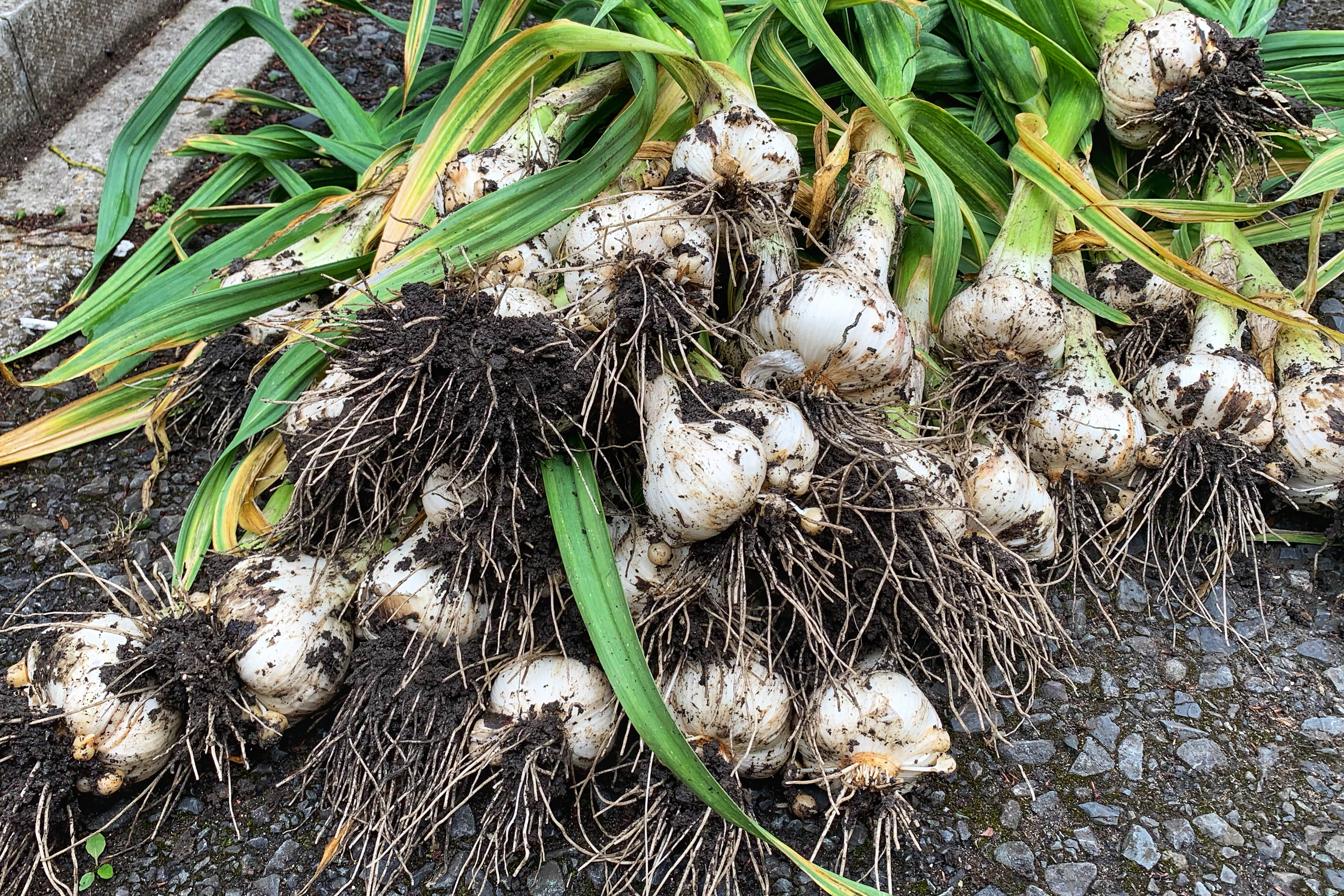
Credit: Getty Images
How to grow garlic: Delicious, lucky and superbly easy to cultivate
Mark Diacono teaches us how to grow garlic.
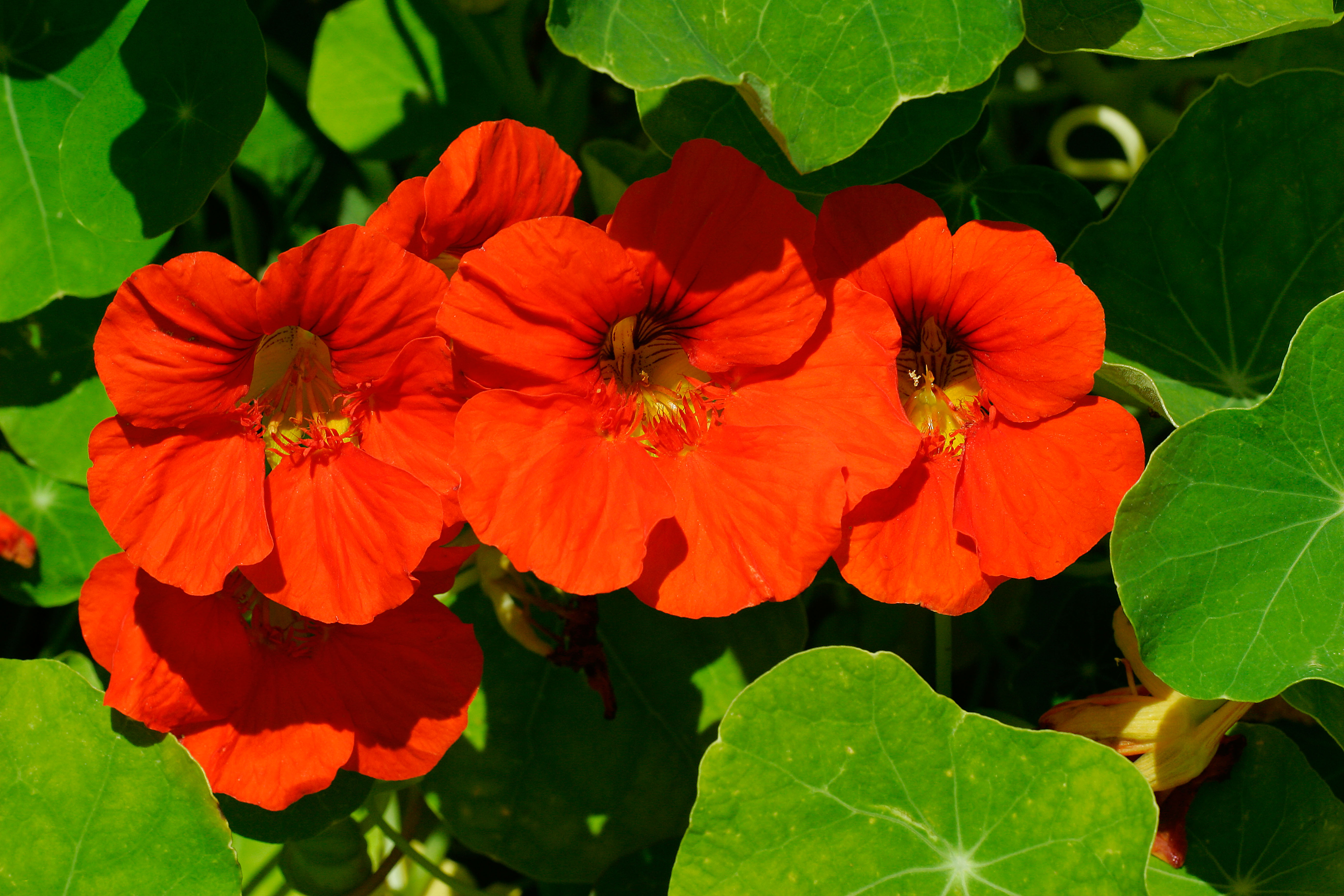
Credit: Alamy
The top salad leaves to grow in your garden for summer garnishes
Mark Diacono tells us his top salads to plant to accompany barbecues this summer season.
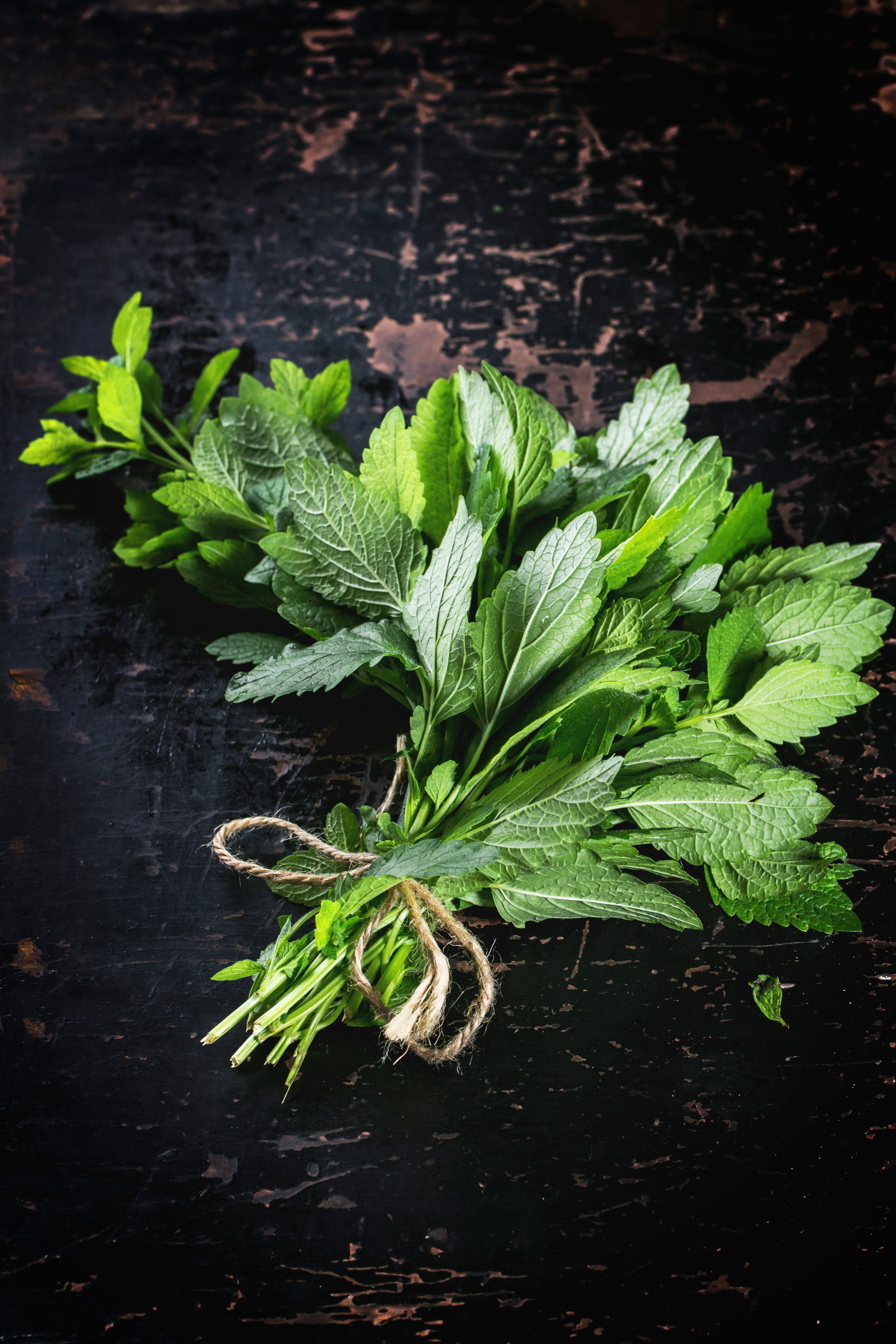
Credit: Alamy
Cultivating mint: What varietals to plant, where to plant them and whether they should be used for jelly or juleps
Mark Diacono explains why mint is for even the incurably incompetent horticultural enthusiast.
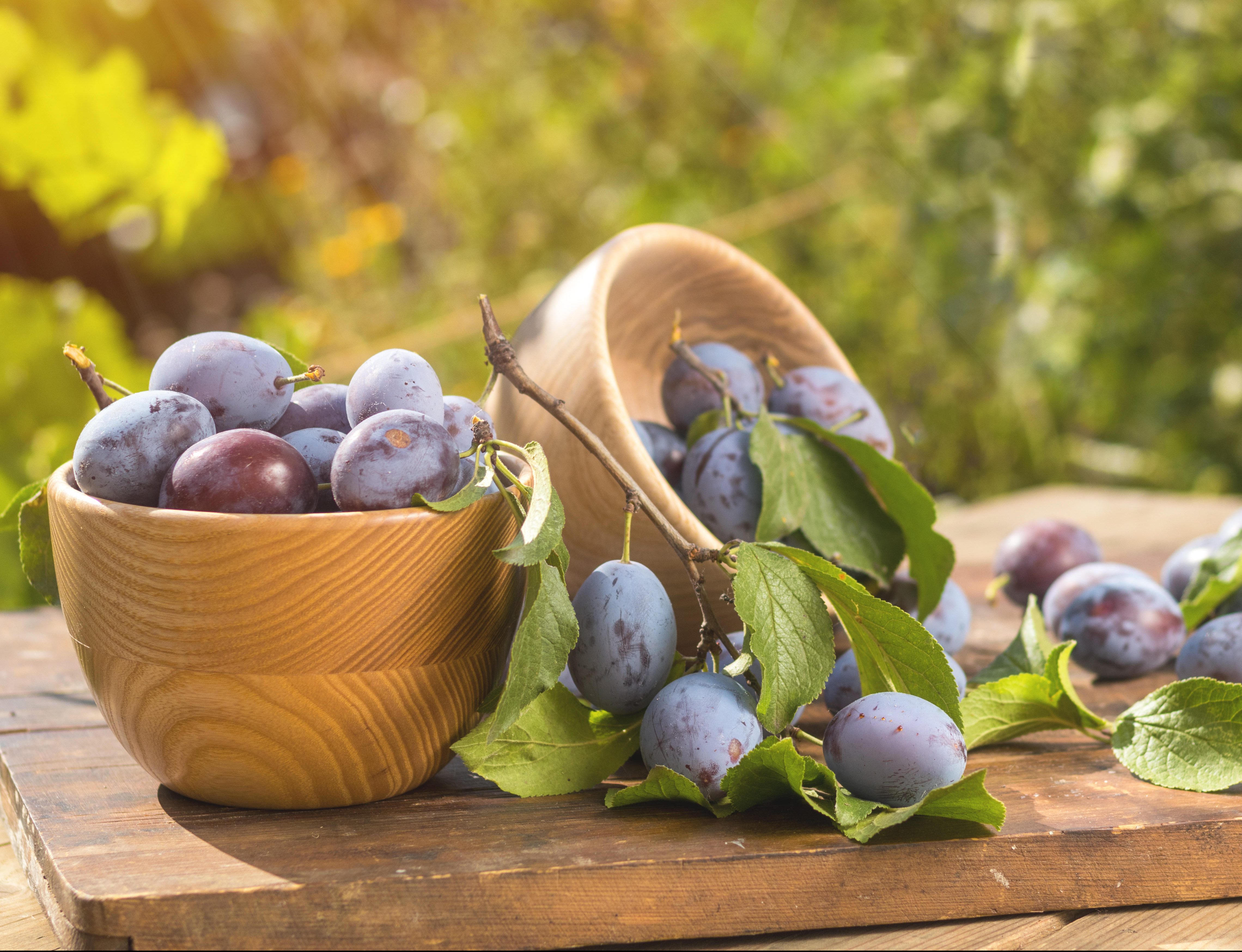
Plums to grow, plums to show, and plums to pop in your gin
Mark Diacono picks his favourite plums — and their close relatives, damsons, mirabelles, bullaces and gages.
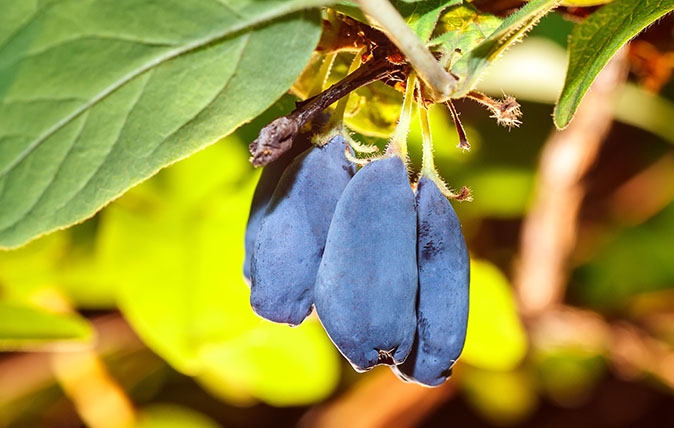
How to enjoy home-grown berries for seven months of the year
Mark Diacono offers us some berry good advice for enjoying our breakfast favourites, whatever the season.
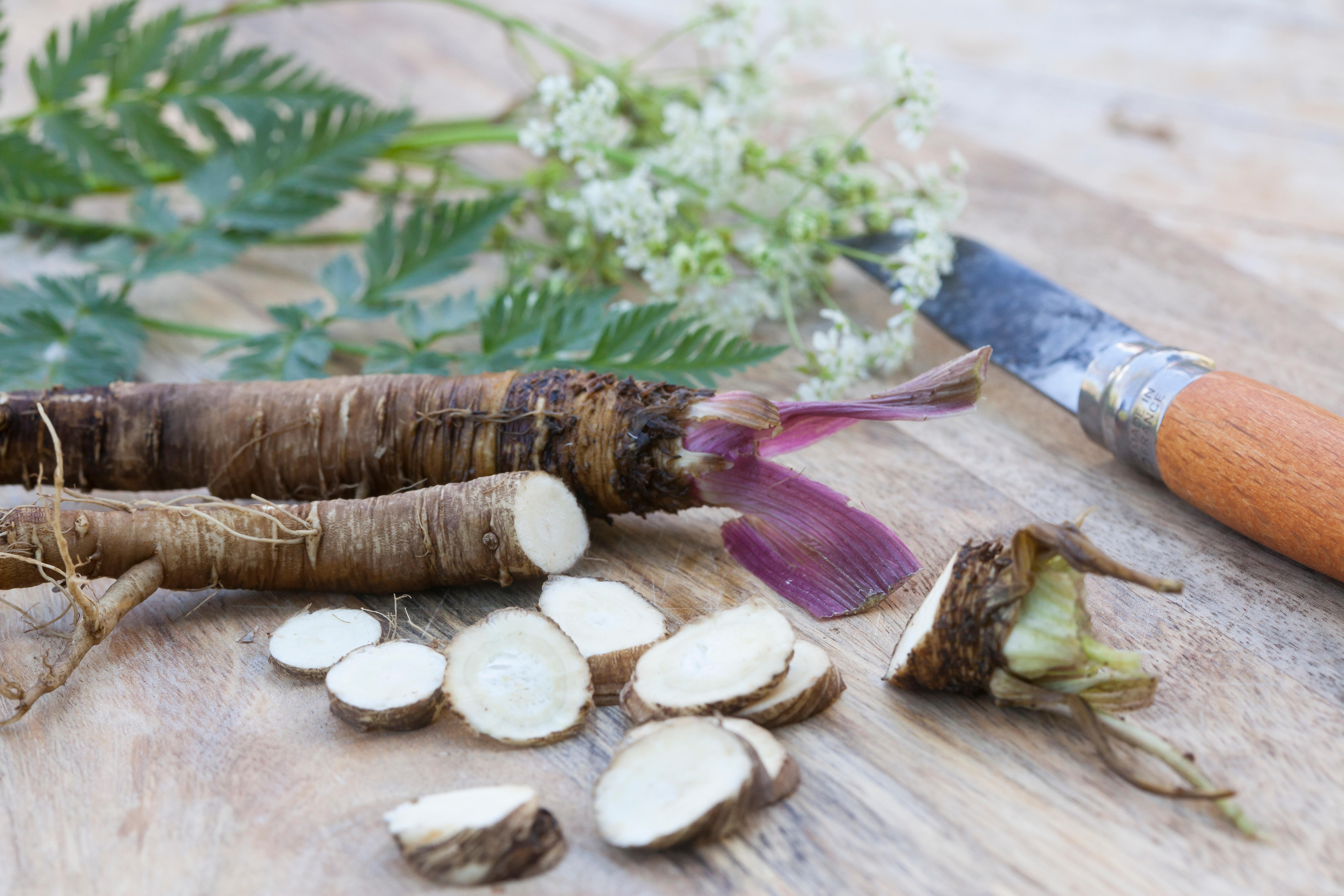
Credit: Alamy
The 'underground treasures' which are like a gardener's game of chicken — hold your nerve, and the pay-off is spectacular
Growing plants specifically to harvest their roots takes faith, patience and nerve, explains Mark Diacono, but it's well worth the
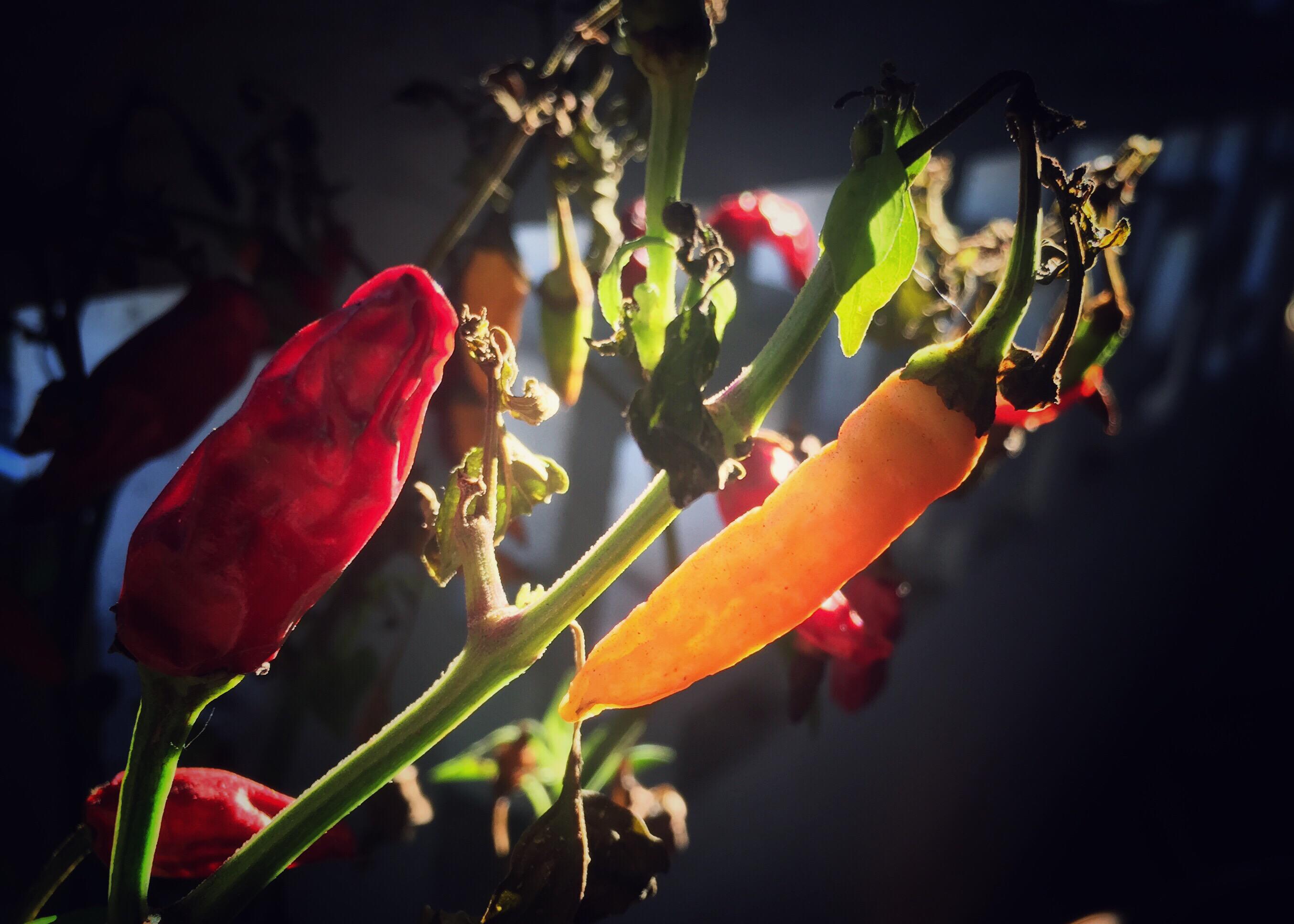
How to grow chillies in Britain: What to plant, where to plant them and how to make them grow
We associate chillies with hot climates, but they can be grown on these shores — Mark Diacono explains how.
Mark is lucky enough to spend most of his time eating, growing, writing and talking about food. He has written fourteen award-winning books, including A Year at Otter Farm and A Taste of the Unexpected (both won Food Book of the Year, and Garden Book of the Year). Known for growing everything from Szechuan pepper to pecans to Asian pears, Mark's refreshing approach to growing and eating has done much to inspire a new generation to grow some of what they eat. He was involved in the early days of River Cottage, appearing in the TV series, and writing four River Cottage books. Mark writes to a global audience on his best-selling Substack: Mark Diacono’s Abundance.
